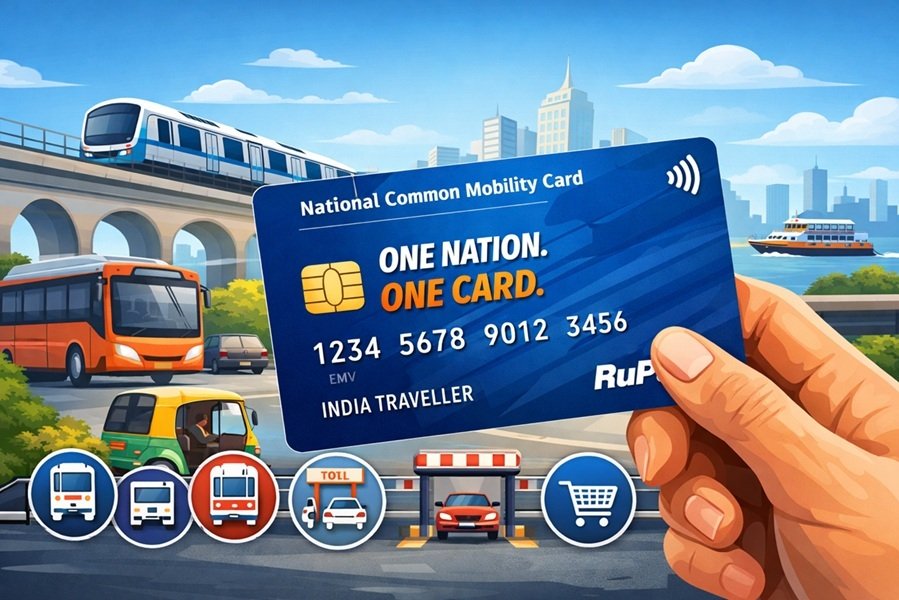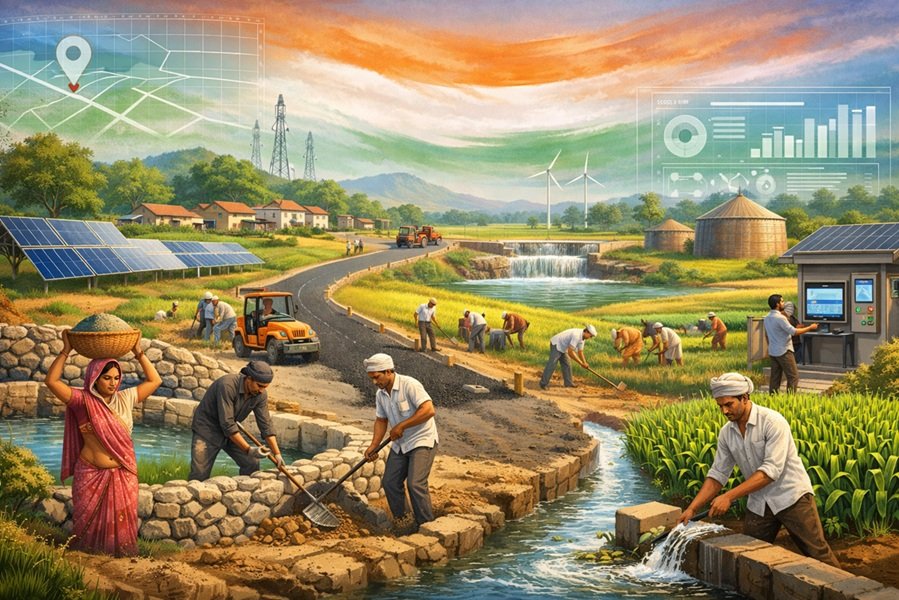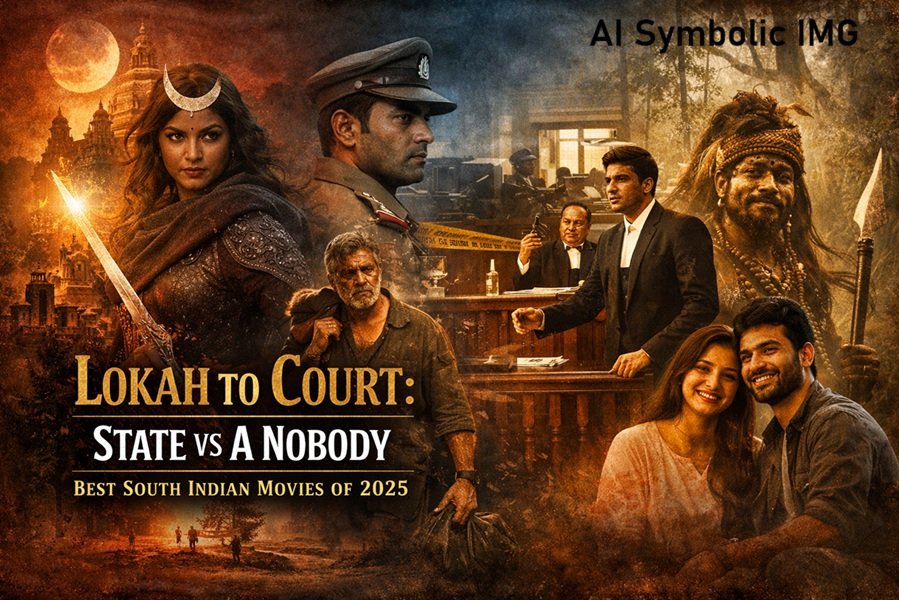
The medieval period in Uttar Pradesh marks a dynamic era of political upheaval, cultural amalgamation, architectural brilliance, and religious synthesis. Spanning from the decline of the classical Indian empires around the 8th century CE to the advent of British colonialism in the 18th century, this period saw the rise and fall of several powerful dynasties. From the conquests of the Delhi Sultanate to the grandeur of the Mughal Empire, and the enduring presence of local and regional rulers, Uttar Pradesh became one of the most contested and influential regions in the Indian subcontinent.
In this article, we explore the medieval history of Uttar Pradesh, focusing on the Delhi Sultanate, the Mughal Empire, and the roles of local rulers and regional powers.
The Early Medieval Period (8th–12th Century CE)
Transition from Ancient to Medieval
- Following the decline of the Gupta Empire and its successors like the Harshavardhana dynasty, the region fragmented into smaller kingdoms.
- Uttar Pradesh saw the rise of local dynasties like the Gurjara-Pratiharas, who ruled from Kannauj, a city that became a center of political contest.
- Kannauj’s prominence sparked the famous Tripartite Struggle between the Pratiharas, the Palas of Bengal, and the Rashtrakutas of the Deccan.
Gurjara-Pratiharas
- At their peak, they controlled large parts of north India, with their capital at Kannauj.
- They played a crucial role in resisting Arab invasions from the west, helping preserve the cultural fabric of northern India.
- The dynasty patronized art, literature, and temple architecture, with a revival of Hindu traditions.
The Delhi Sultanate (1206–1526 CE)
The establishment of the Delhi Sultanate marked the beginning of large-scale Islamic rule in northern India. Uttar Pradesh became a significant theater for administration, military campaigns, and cultural exchange.
Early Conquests and Administration
- The first major Muslim incursion into the region came with Muhammad Ghori, whose victory at the Second Battle of Tarain (1192) paved the way for the Slave Dynasty.
- Under rulers like Qutb-ud-din Aibak and Iltutmish, the Sultanate established control over key cities like Badaun, Kannauj, and Lucknow.
Key Dynasties and Events
- Khilji Dynasty:
- Alauddin Khilji strengthened control over the Gangetic plain.
- Uttar Pradesh became a critical region for revenue extraction and military logistics.
- Tughlaq Dynasty:
- Muhammad bin Tughlaq shifted his capital to Daulatabad but retained strong administrative links with cities like Jaunpur.
- Sayyid and Lodi Dynasties:
- Faced resistance from local rulers and declining central authority.
- Jaunpur emerged as a semi-independent Sharqi Sultanate during this time.
The Sharqi Sultanate of Jaunpur (1394–1479)
- Founded by Malik Sarwar, a former minister of the Delhi Sultanate.
- The Sharqi rulers transformed Jaunpur into a center of Islamic learning, architecture, and culture.
- Built notable structures like the Atala Masjid and Jama Masjid, blending Persian and Indian styles.
The Mughal Empire (1526–1707 CE)
The arrival of Babur after defeating Ibrahim Lodi at the First Battle of Panipat (1526) marked the end of the Delhi Sultanate and the beginning of the Mughal Empire, under which Uttar Pradesh reached new heights of cultural and administrative prominence.
Strategic Importance in Mughal Rule
- Uttar Pradesh, with cities like Agra, Fatehpur Sikri, Allahabad, and Varanasi, became central to the Mughal administrative and cultural vision.
Key Emperors and Contributions
- Babur (1526–1530):
- Established his rule with Agra as a base after defeating the Lodis.
- His memoirs, the Baburnama, mention various regions of UP and their socio-political significance.
- Humayun (1530–1556):
- Temporarily lost control to Afghan ruler Sher Shah Suri, who governed efficiently from Sasaram and developed the Grand Trunk Road through UP.
- Akbar (1556–1605):
- Made Agra and later Fatehpur Sikri the imperial capitals.
- Built architectural marvels like the Buland Darwaza, Jama Masjid, and Panch Mahal.
- Implemented the Mansabdari system and centralized governance from UP’s administrative centers.
- Jahangir and Shah Jahan (1605–1658):
- Consolidated Mughal rule and invested in art, architecture, and literature.
- Shah Jahan built the Taj Mahal in Agra, a UNESCO World Heritage site and global icon of Mughal architecture.
- Aurangzeb (1658–1707):
- Shifted focus to southern campaigns but maintained control over UP.
- His reign saw growing unrest and regional resistance, including the Bundelas in Bundelkhand.
Local Rulers and Resistance Movements
Despite being part of vast empires, Uttar Pradesh also witnessed the emergence of local powers and enduring cultural traditions.
Bundela Rajputs
- Originated in the Bundelkhand region (now divided between UP and MP).
- Known for their resistance against the Mughals, especially under leaders like Chhatrasal Bundela.
Rohilla Afghans
- In the 18th century, Rohillas established a powerful principality in Rohilkhand, headquartered in Bareilly.
- Played a major role in regional politics and later in conflicts with the British and Awadh rulers.
Awadh (Oudh) Region
- Though formally part of the Mughal Empire, Awadh developed its own cultural and political identity.
- Lucknow would eventually become its capital under Nawab Saadat Khan in the early 18th century.
- This sets the stage for our next article on Early Modern and Colonial Uttar Pradesh.
Religious and Cultural Syncretism
The medieval period in Uttar Pradesh was not just about political conquests. It witnessed the rise of Bhakti and Sufi movements which enriched the spiritual and cultural ethos of the region.
- Bhakti Saints like Kabir, Tulsidas, Surdas, and Mirabai composed devotional poetry that transcended caste and religious boundaries.
- Sufi saints like Khwaja Moinuddin Chishti (Ajmer) and Sheikh Salim Chishti (Fatehpur Sikri) attracted followers from all communities.
- The convergence of Islamic and Hindu architectural styles produced iconic structures and a distinctive Indo-Islamic culture.
Conclusion: A Period of Profound Transformation
The medieval period transformed Uttar Pradesh into a unique blend of royal grandeur, spiritual ferment, and architectural innovation. From the power corridors of the Delhi Sultanate to the imperial splendor of the Mughal court in Agra, and from the resistance of local Rajput rulers to the devotional revolutions led by saints and mystics, this era laid the foundation for modern North India.
In the next installment of our series, we will explore the Early Modern and Colonial Period, focusing on the rise of Awadh, the influence of the British East India Company, and the seeds of India’s freedom movement.





